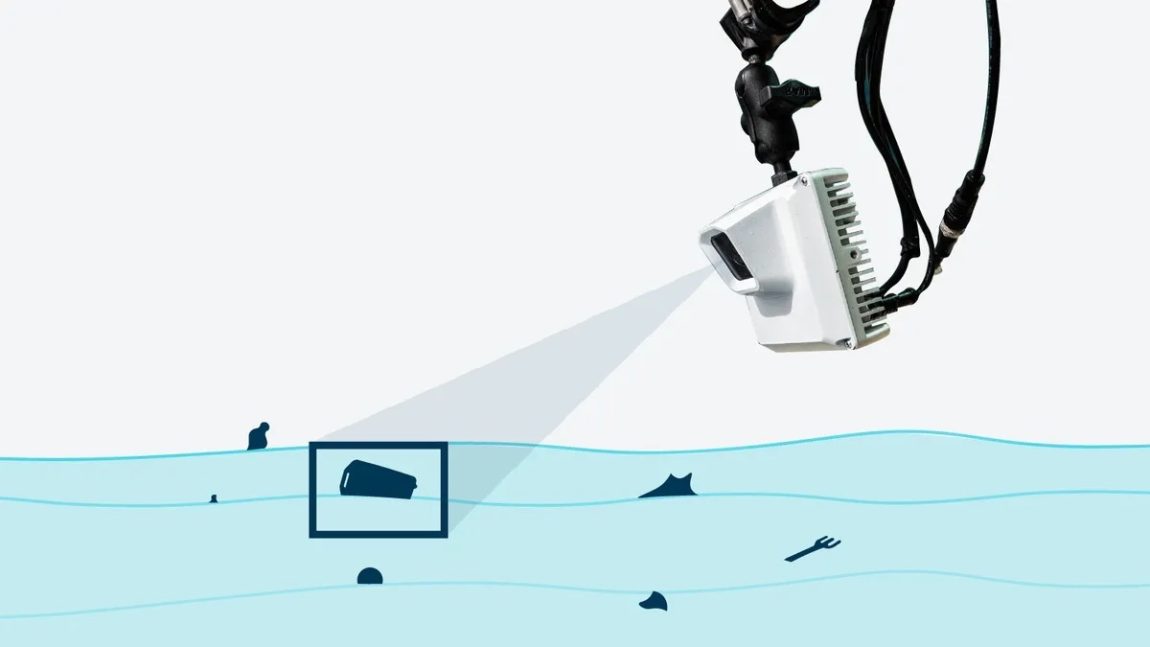
Oceangoing Volunteers Wanted to Help Cleanup Projects
The Ocean Cleanup is calling on sailors out in the Pacific, anywhere between California and Hawaii this summer, to take part in its research expedition to help map an estimated 100,000 tons of plastic in the Great Pacific Garbage Patch (GPGP). The organization hopes to enlist the efforts of sailors who are willing to attach an AI camera called an Automatic Debris Imaging System (ADIS) to their vessel. All that’s required is for volunteers to install the camera at the highest possible point, making sure it faces the ocean surface, and ADIS will do the rest.

The lightweight ADIS cameras will take photos of plastics afloat at sea and send the data back to The Ocean Cleanup HQ in Rotterdam, The Netherlands. This will enable the organization to map plastic hot-spot concentrations and use predictive software to track their movement using ocean circulation and wave and wind data, with the aim of creating more efficient cleanup procedures. Sailors willing to fit the AI cameras and use GPS trackers on their leisure trips or during regattas can advance understanding of the patch’s composition to help future cleanup efforts.
Other ways that the boats can help to advance understanding of this remote stretch of ocean is by using GPS tracking buoys to tag lost, or abandoned, fishing gear and ghost nets. This will also help track and model where these large items are floating and pinpoint them for targeted, future cleanup efforts. As ghost-net hunters, participants will be asked to attach the trackers to abandoned fishing gear found at sea and release them.
Laurent Lebreton, head of research at The Ocean Cleanup, said: “The GPGP is an ever-moving plastic soup that is impeding the ocean’s ability to help regulate the climate and is harmful to marine life.
“Technology has a big part to play in the future ocean cleanup. The strategic integration of remote sensing from ships, drones, and satellites, as well as the use of AI and particularly machine learning, can revolutionize the detection, tracking, and removal of plastic debris.
“To help us better target our extraction operations and clean up the patch more effectively and economically, we need to understand where the high concentrations of plastic are located. The sailing community can become citizen scientists and boost our efforts to solve this environmental crisis by signing up and being part of the solution.”
Interested parties can join the expedition here: The Ocean Cleanup Research Expedition.
The Ocean Cleanup has removed more than one million pounds of trash from the GPGP over the past four years. Estimated to contain around 100,000 tons of plastic, the GPGP covers an area twice the size of Texas and mostly comprises ghost nets and other fishing gear, complemented by a wide array of plastic pieces dating back to the 1960s.
